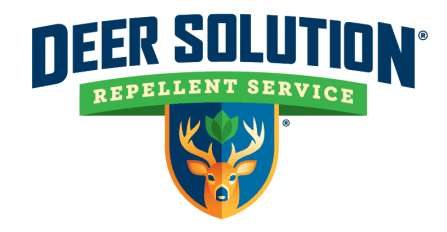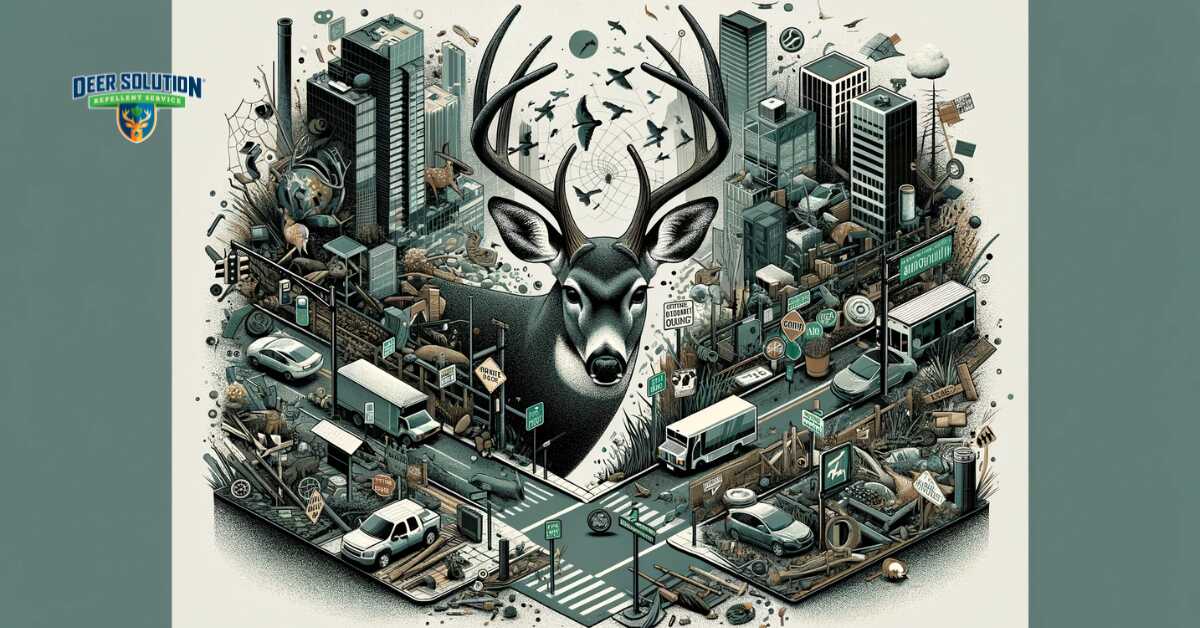Suffolk County, New York, is tackling a significant ecological and public safety challenge due to deer overpopulation. This multifaceted issue impacts road safety, the environment, and local agriculture.
Deer-Related Vehicle Accidents: A Safety Concern
Suffolk County leads New York State in deer-related vehicle crashes. Last year, the county experienced 1,368 crashes due to deer, contributing significantly to the state’s 34,081 animal crashes.
These incidents are particularly frequent during the deer mating season (October to December), when deer are more active, increasing the risk of collisions. Such accidents, most common at dawn and dusk, pose safety risks to drivers and result in substantial financial costs.
Ecological Challenges: Epizootic Hemorrhagic Disease (EHD)
The outbreak of Epizootic Hemorrhagic Disease (EHD) is an alarming ecological concern in Suffolk County. This fatal disease in deer, spread by biting midges, has caused significant mortality in the local deer population.
While EHD does not impact humans directly, it disrupts local ecological balance and biodiversity. Last year, over 700 deer across New York State, including in Suffolk County, died due to EHD.
Impacts on Local Ecosystem and Agriculture
The overpopulation of deer in Suffolk County leads to ecological imbalances and poses a threat to agriculture. Deer damage to trees and crops results in substantial agricultural losses and disrupts the ecological balance.
The county’s deer population, estimated at 6,000 to 10,000 in areas like Riverhead and Southold, far exceeds the local ecosystem’s carrying capacity. This overpopulation causes environmental issues such as forest degradation and loss of biodiversity.
The deer overpopulation issue in Suffolk County highlights the need for effective management strategies. The increased risk of vehicle accidents during the mating season, combined with the ecological impact of diseases like EHD, underscores the importance of proactive measures.
Addressing these challenges is crucial for ensuring public safety, protecting the environment, and maintaining agricultural sustainability.







